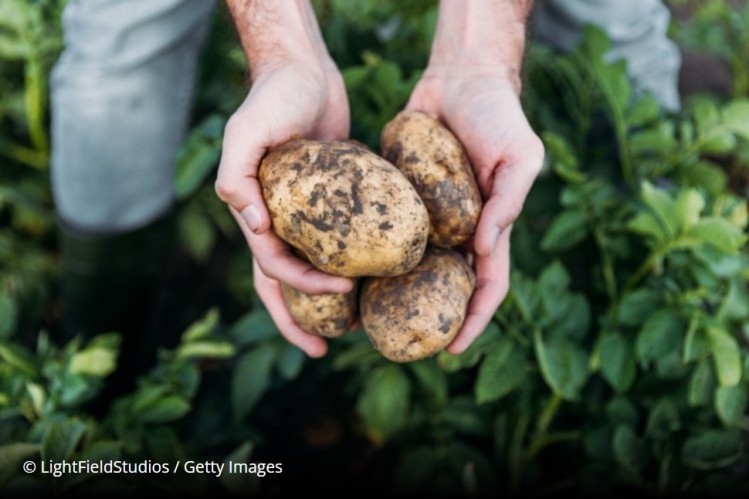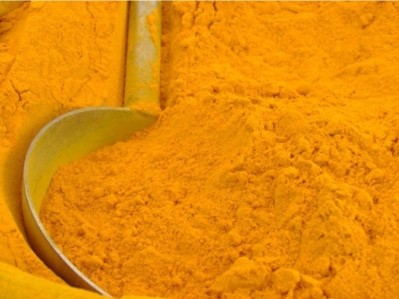Predicting dietary responses could help reduce chronic disease: Study

Food with high resistant starch (RS), or fibre levels, typically have lower glycaemic index (GI) scores and are associated with lower postprandial glucose and insulin, as well as reduced risk factors for metabolic syndrome, type 2 diabetes, and cardiovascular disease.
Of increasing interest, is the relationship between RS postpandrial glucose homeostasis and the microbiome, the researchers say.
“Several reviews describe how RS modifies the microbiome; however, an important distinction should be made for the reverse scenario: how the microbiome environment influences the physiological responses to RS.”
Precision model
The study authors maintain that past investigations into responses to RS have not considered variability factors or interindividual differences, such as individual specific biology and external influences (diet) and have oversimplified PPGR.
They therefore formulated a precision nutrition model, taking interindividual differences into account, to predict the postprandial glucose response (PPGR) in overweight women following consumption of high RS potatoes.
A key element of the design was to provide a dietary “intervention” that could “feasibly be achieved in a real-world setting”.
“Understanding the interpersonal variation in the glycaemic effect of potatoes would allow for appropriate dietary recommendations and optimisation of routine food choices.”
Results suggest that gut microbiota, and especially Faecalibacterium, “predicted the PPGR following potato intake”.
The authors therefore surmise that the observed interplay between diet and gut microbiota “may play an important role in how dietary RS can improve PPGR.”
Nutritional intake
The role of dietary patterns on gut microbiome, associated with glucose metabolism, was considered in the model, and a prediction equation determined baseline characteristics that influenced the glycemic response for low- and high-RS potatoes.
Thirty overweight women participated in the randomised crossover trial. Participants had a body mass index (BMI) between 25 and 40kg/m2, were aged 18 to 40 years and consumed 250 grams (g) of hot (9.2g RS) or cold (13.7g RS) potatoes on two separate occasions. The amount consumed was a realistic equivalent to one serving of mashed or baked potato.
Food intake was recorded over 10 days throughout the study and revealed high fat and sugar intake (above recommended levels); average daily calorie consumption was 1,828 kcals.
Added sugars accounted for 10.5% of kcals consumed per day (and 64.1% of total sugars), slightly exceeding dietary recommendations of 10% of total kcals.
Fibre intake also fell short of recommended levels; average consumption was nearly half the recommended amount (15.24 g/day consumed by the participants vs. recommendations of 25 g/d).
Microbiota changes
Researchers measured the association between baseline microbiota and PPGR, but not the fermentation of RS by gut microbiota or microbiome changes resulting from RS intake.
Results revealed significantly reduced glucose levels following consumption of high-RS potatoes compared to low-RS variants.
The authors point out that the observed reductions in glucose after consumption of high-RS potato (with approximately 13.7 g of RS), was a lower amount than many other studies, “but was still efficacious.”
Low-RS intake also correlated with an increased relative abundance (RA) of Actinobactria, while high-RS stimulated RA of Faecalibacterium.
Positive correlations were also observed between % kcals from fat and protein and high-RS potato glucose levels.
The authors maintain this is the first study to investigate healthy, overweight females following acute ingestion of a “whole food” product containing RS (as opposed to a supplement), and the first into postprandial responses to RS to report dietary intake of participants.
They add that larger studies are needed for the “generalisability” and evaluation of more diverse populations.
Source: Nutrients
Published: doi.org/10.3390/nu14020268
‘Precision Nutrition Model Predicts Glucose Control of Overweight Females Following the Consumption of Potatoes High in Resistant Starch’
Joy V. Nolte Fong et al














